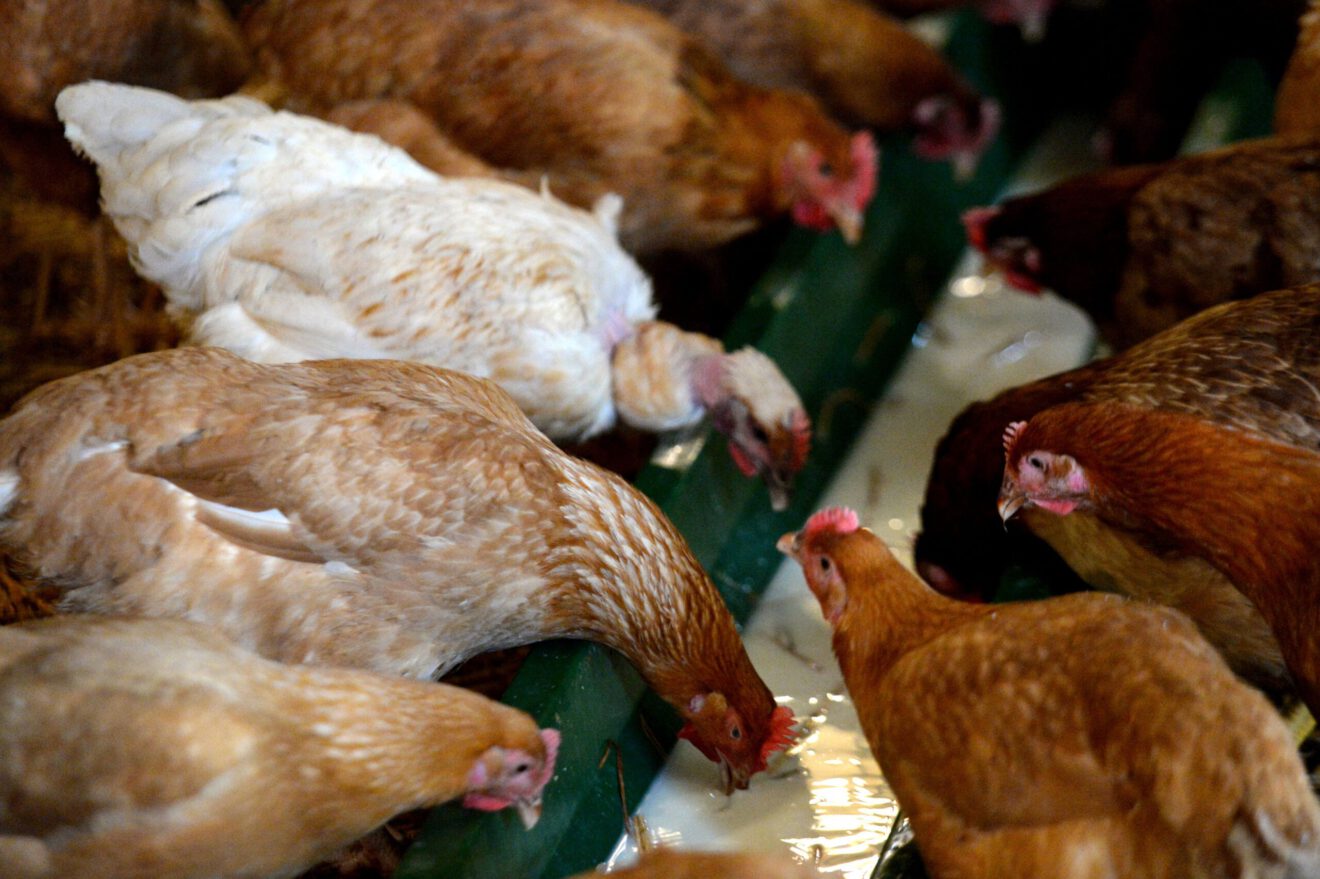Consumers have spoken about how they want transparency from food and beverage brands, and food companies are listening, striving to offer more information about what ingredients are in their products. But when brands decide to share facts about animal welfare, it can sometimes be difficult to find the right way to express that information without getting graphic or using technical jargon.
The simplest and most effective way for a brand to get its animal welfare information out to the public is to achieve certification through a third-party animal welfare organization, says Andrew deCoriolis, director of strategic projects and engagement with Farm Forward. “Products that are certified by trusted programs, like Certified Humane, Animal Welfare Approved or Global Animal Partnership, make it easy for consumers to trust that animals were raised in higher-welfare conditions,” he says. “These organizations have detailed standards that are publicly available, and if consumers want to learn more about those standards, they can find detailed information, like whether animals were raised outdoors on pasture, how they were slaughtered and more,” he says.
Many consumers don’t trust claims on products, so third-party certifications are of high importance to them. “It means more than saying something like ‘humanely raised,’ because a claim like that doesn’t have a legal definition,” deCoriolis says. “In fact, these phrases have been used so much that they no longer have a big impact on consumers. Companies have defined things like ‘all natural’ for themselves, so to consumers, those phrases have become meaningless, which is why certifications are so important.”
Don’t be shy about sharing
When a business has taken steps toward treating its animals humanely, it’s important to let consumers know. “The evidence is clear that brands that are transparent are more trusted by consumers,” deCoriolis says. “If a brand doesn’t say anything about animal welfare, consumers will expect the worst and the brand could find itself the target of consumer campaigns or negative press.”
Even if a brand is starting small, the company should still let consumers know. For instance, if a snack cake manufacturer suddenly begins making its products with cage-free eggs, the brand should share that information with the community. “I would urge companies taking steps to improve animal welfare in their supply chains to put that information prominently in their marketing materials, on their website and on the products, because that’s really a badge of trust with consumers,” he says.
Avoid vague terminology
When consumers see a brand’s language, they can easily tell whether the company is taking meaningful steps toward animal welfare practices or not — and food and beverage brands definitely want to be in the former group with consumers. “I spend a lot of time looking at food company websites, logos and packaging, and it’s pretty clear to consumers, based on the language used, which companies are making meaningful steps and saying things they can back up, and those paying lip service,” deCoriolis says. “The brands that pay lip service will say things like ‘family farm company’ or ‘raised with care,’ but consumers know that’s hogwash. If a company is not doing anything regarding animal welfare, they should be very wary about making false claims.”
He points to brands like Vital Farms and Hip Chick Farms, which go into great detail about their farms’ humane animal practices both on their packaging and their websites, as businesses that are sharing this information the right way.
“Ultimately, most consumers are going to look for that verified, third-party certification label and say, ‘That’s something I want, because it’s better for my health and the animals,’” deCoriolis says.
____________________________________________
If you enjoyed this article, join SmartBrief’s email list for more stories about the food and beverage industry. We offer 17 newsletters covering the industry from restaurants to food manufacturing.
